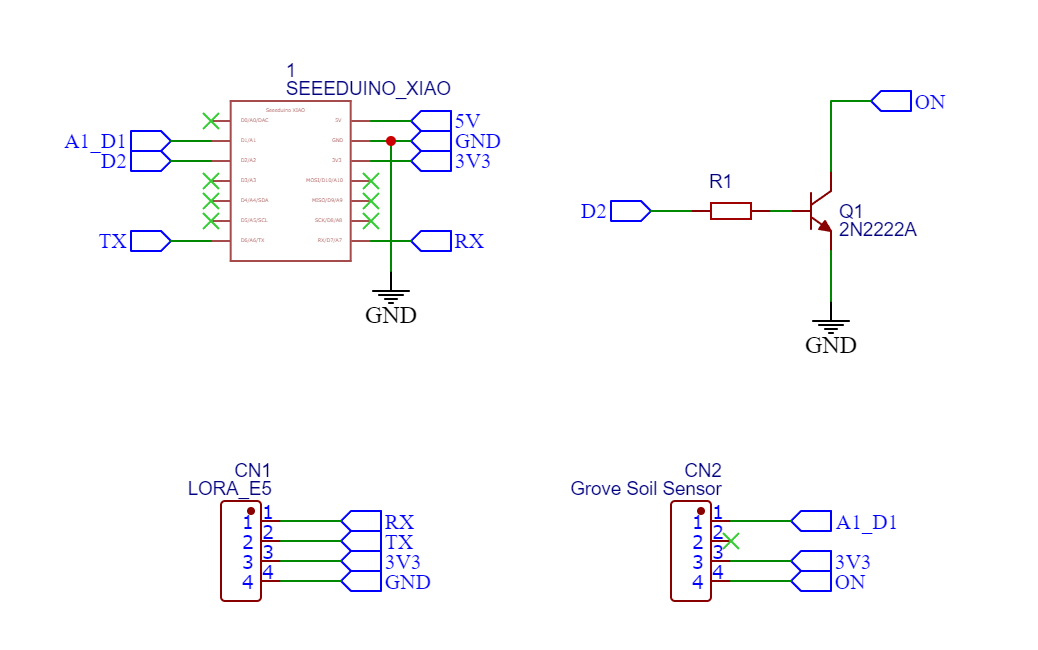Agriculture accounts for around 70% of all water withdrawals globally according to the World Bank, and approximately 60% of that is wasted, largely due to inefficient applications according to the UN’s Food and Agriculture Organisation (FAO). With water increasingly valuable against the backdrop of a rising human population and climate change, can IoT & AI be used to prevent water wastage?
The SolutionSimple techniques like rainwater harvesting and wastewater recycling are already being used in many regions to reduce water consumption. And many farms have realized the benefits of replacing their surface and sprinkler irrigation systems with more efficient drip irrigation systems.
One big reason for water waste is that the farmers don't know exactly when watering is required and how much water a specific plant needs to grow.
Precision-based AI systems can take note of soil moisture, humidity, temperature, climate data, and forecasts as well as satellite data to help farmers improve their irrigation practices whilst preventing water wastage and conserving energy. This type of system can advise on the quantity of water required and is particularly useful to inexperienced farmers who might need help to improve productivity while reducing water consumption.
Irrigation scheduling helps control how water is delivered and watering time and the amount of water consumed. It is necessary to monitor the weather forecasts to plan irrigation and avoid waste efficiently. Smart sensors help monitor soil moisture. Based on these data, it is possible to regulate irrigation and supply water to certain zones where it is needed. Watering can also be done in the evening or at night when water evaporation slows down.
My ProjectSoil moisture is the most important parameter we need to know to reduce water wastage. With some added information like weather, irrigation can be scheduled with the help of machine learning. Scheduling can help prevent water wastage and conserve energy.
One of the main parts of my project is the sensor node that reads the soil moisture and sends it to the LoRa gateway. The gateway then uploads the data to the cloud. With the help of weather data and machine learning, the cloud server determines the right time for watering and informs the farmer.
Making the Sensor NodeThe main part of the sensor node is the Seeed Studio XIAO module and Grove Soil Moisture Sensor. Xiao SAMD21 reads the soil sensor and sends the data to LoRa Gateway through Grove LoRa E5. For powering the device I used a 100mAh Li-ion rechargeable battery. For charging the battery I used 0.5W Solar Panel from Seeed Studio. Lipo Rider Pro is used to charge the Li-ion battery from the solar panel. For saving energy I implemented deep sleep and internal RTC is used to wake up from sleep after a specific time. Grove Moisture sensor's operating current is around 35mA which is huge for draining the battery within a few hours. So, I used a transistor to switch it on only when measuring is done. When the microcontroller goes to sleep the sensor is also disconnected from the power. The following figures will make it clear.
As I don't have any Grove shield I made one PCB to connect the Grove Soil Sensor & Grove LoRa to the Xiao Kit.
I used two Grove connectors, a 4.7K resistor, and a 2N2222 NPN transistor to make the PCB board.
The complete hardware setup is shown in the following image. The connections are made according to the schematic shown above.
To enclose all the hardware parts I designed a 3D case using Tinkercad. All the .STL files are attached in the file section. The top part required support to print correctly. So, don't forget to enable support while sliceing the top part. The case contains three parts as showen in the image below.
The assembling process is shown parts by parts in the following images.
The final outlook is shown in the images below. Now it is ready to place in any crop field to collect moisture data. It will collect its necessary power from the solar panel.
For the code please follow the code section.






















Comments
Please log in or sign up to comment.